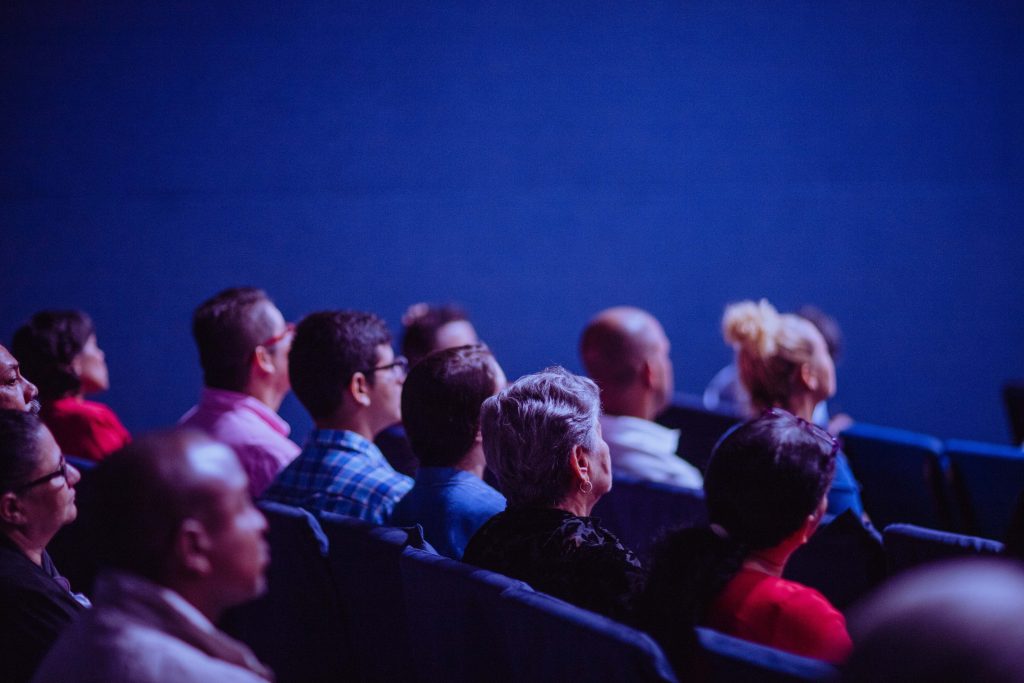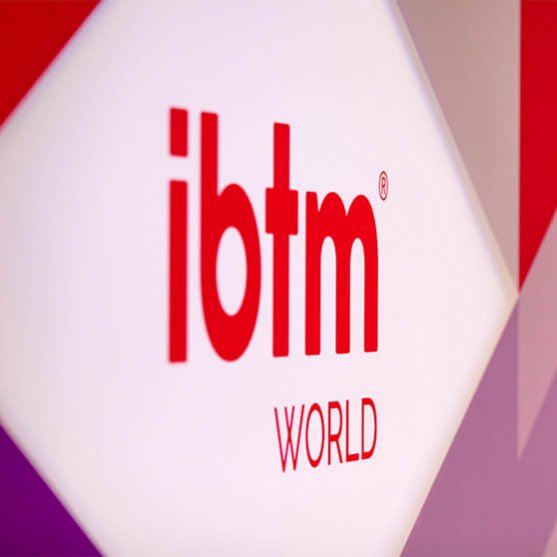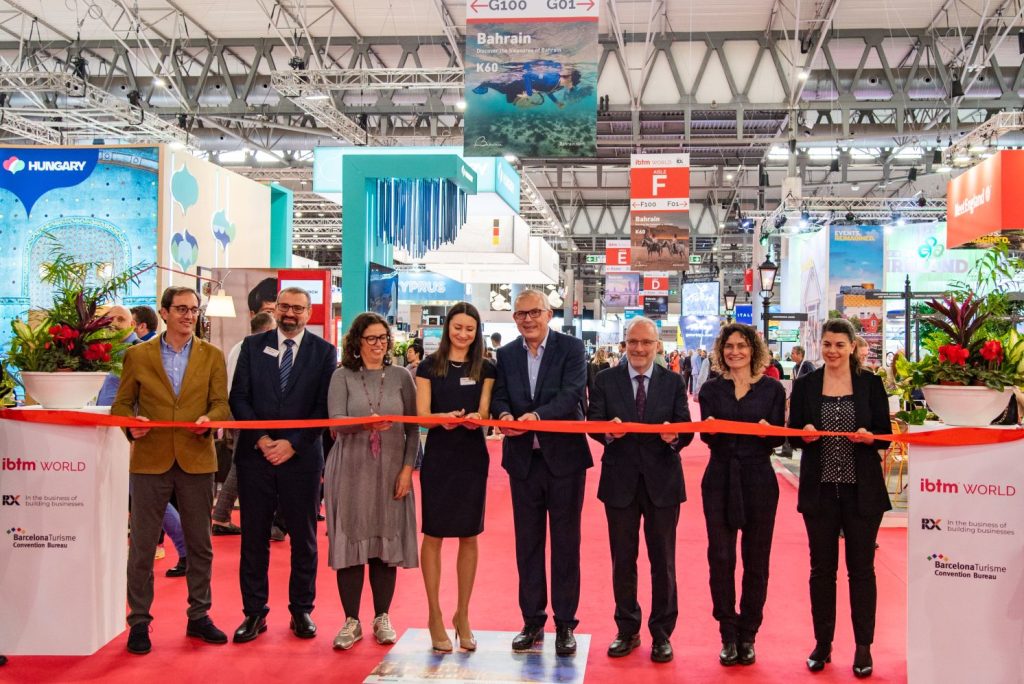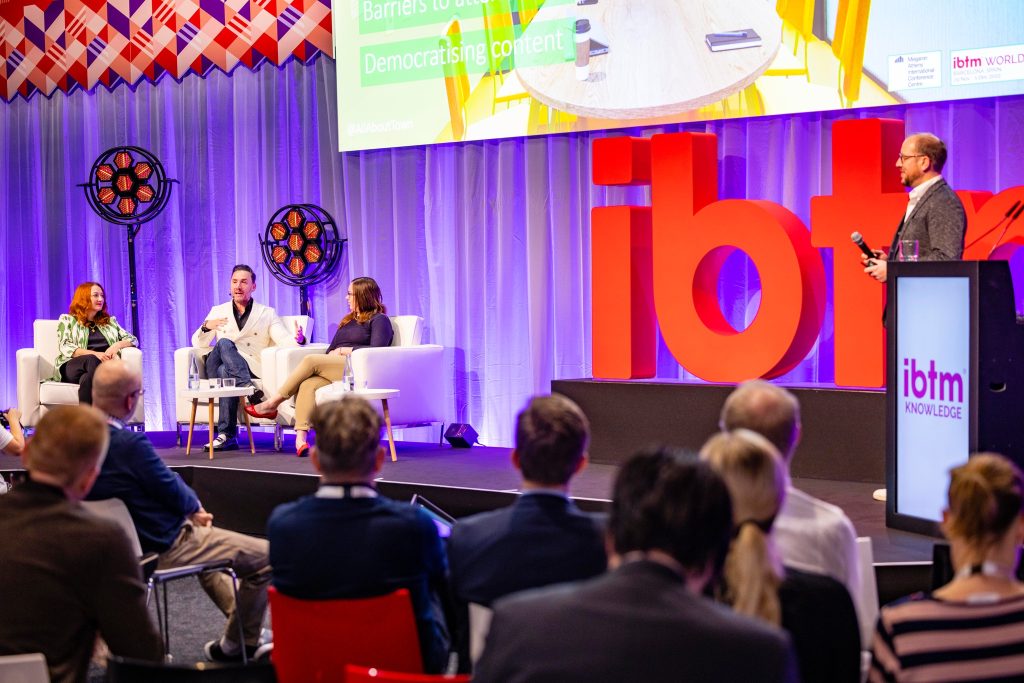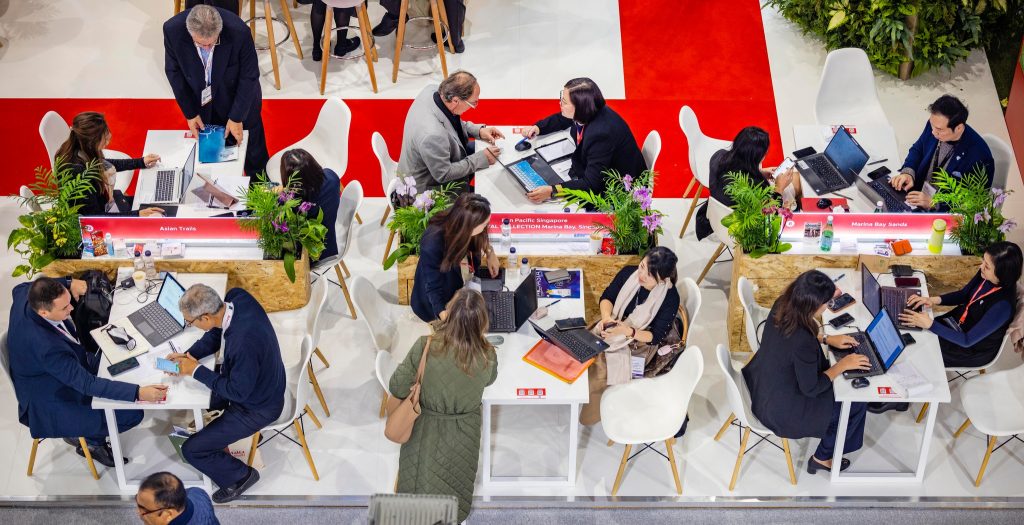Should we get rid of the separation between creativity and production?
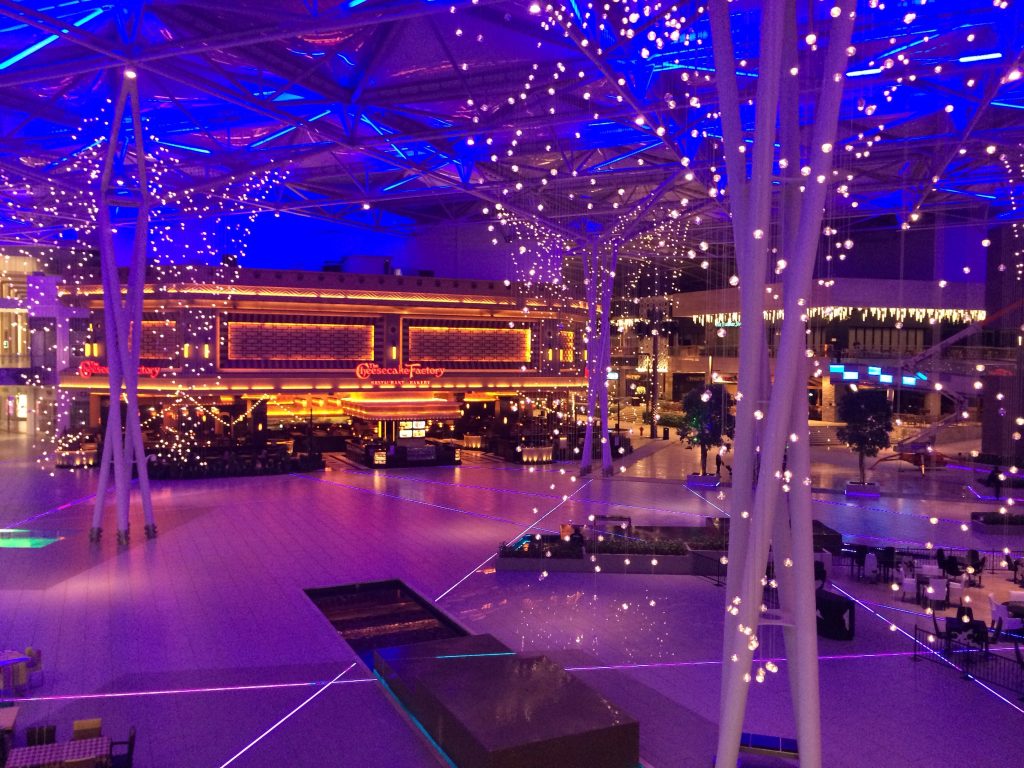
Share news
Listen
In this debate, organized at the VP Plaza España Design hotel, participated: Nacho Alonso, City Manager of Time Out; Patricia Ramos, Strategic Director of Queens; Ángel Aguiar, Sales Director of In Out Travel & Events; María Carrascosa, Client Services Director of El Señor Goldwind; Cecilia Bobo, Head of Client Services of MKTG Spain; Yolanda Iturriaga, Direct Art of Momentum Spain and Marta París, Creative Director of Mediapro Events.
Versatility, the most prized characteristic
If there is one point on which all participants agree, it is the need for multipurpose profiles of creatives, accounts and producers. The tendency to cling to their jobs and to profiles that are barely understood by others seems to be gradually fading away. A change that goes in favour of the professional capable of taking into account the perspectives of other departments, but without losing his own point of view and his own excellence.
As Iturriaga explains: “It used to seem like a war between profiles: the creatives had crazy ideas, the accounts thought they were too complicated and didn’t want to carry them out, and the production people tried to win the hearts of the accounts staff in order to get the idea off the ground. Now these profiles have been reformulated. For example, we have account professionals who have created a production department (but from the accounts department). They have realized that production is fundamental and that it must be integrated from minute one to make them feel owners of the idea and fight for it to go ahead”. And not only the producer must be involved from the first moment, but the integration of all the profiles from the beginning will bring a unique and multidisciplinary creative value to the event.
The employees’ education, based on expertise and general knowledge from other departments
This progressive change is something that is increasingly required in agencies so that the team can adapt and contribute with real ideas and knowledge to the event’s value chain. Regarding the training that each professional must have to be able to join the workflow, research on the rest of the disciplines involved is essential.
This is precisely what Ramos is looking for within her team: for each of the workers to have basic knowledge of other departments. “Someone in the events sector can’t be an executive if they don’t have a background in previous production work. The same goes for creatives: more and more we find profiles of creative directors or designers who have a structural knowledge not only of architecture, but also of what can be done with the client’s budget.”
But to what extent is versatility important?
Yes, creative production depends on multidisciplinary professionals, but could this polyvalence mean a lack of concreteness in each of the departments due to trying to cover all disciplines, without focusing each professional in his or her area?
María Carrascosa believes that, instead of approaching it this way, it is preferable to look for a common denominator for all the profiles, but without ever losing the differentiation between fields. “The knowledge has to be basic and, since everything is in the same agency, they must have that creative nature of production. But I do believe in differentiated, disseminated profiles. This is what enriches the creative process: the producer must be the one who stops the creative’s crazy ideas, while the creative should continue defending his idea. It is in these conversations that the project becomes great. It is very important to transmit the rationality that gives you the position,” he says.
The planner’s figure as a new strategic actor
It is the star figure in advertising agencies, a pure strategy actor (complementary to accounts, creativity and production): this professional analyzes the target, its ways of living, of consuming, of interacting… and its possible areas of encounter with the brand. The strategic planner is an uncommon figure in events, when the nature of the experiential business would make this understanding particularly important. Defining an experience has to come after intimately understanding the public and the evolution of society (for us, in its experiential facet, of course).
As the strategic director of Queens explains, this new role is mainly focused on studying ways to amplify the communication of the event itself: “the planner is becoming a profile which does not only understand how the event is experienced in a physical way, but also in the digital environment; and knows how to make an event sharable for everyone”. Bobo also adds that the planner’s role, in addition to differentiating the agency, optimizes the actions implemented.
Sustainability and AI, to be taken into consideration in new creative production
Times are changing and following the inevitable expression, agencies have to reinvent themselves or die. In this Darwinian world, the new creative production requires incorporating the marked trends of the sector, especially sustainability and AI.
On the one hand, Yolanda Iturriaga confirms that sustainable values are increasingly demanded by companies in their events, even affecting the gifts offered at them. Within sustainability, the Head of Client Services of MKTG Spain insists on the importance of leaving a legacy with each event, i.e., reconvert and reuse the elements used to contribute to improve the venue.
On the other hand, AI is strongly entering the industry and generating some uncertainty in terms of creativity. Ironically, the technology that was supposed to replace activity of low intellectual value is clearly replacing part of the creative work. Iturriaga highlights the challenge that the sector will have to face regarding copyright, which is still in legal limbo, in order to respect and attribute to the original authors the creative ideas generated by this type of intelligence. However, Ramos insists, AI has also arrived to facilitate the most tedious tasks within the creative part of the event; thus leaving more time to provide real added value: “The fine work of giving the event its shape and personality has to be done by a person; but AI has already taken care of making that initial mass of clay that now needs to be polished. It’s a time-saver for the teams.” Encouragingly, we see that agencies do not fear AI but see it as a support that will greatly enrich their work.
This discussion is part of a focus we have especially discussed these days on the world of creative production, or how event production, suppliers, technology, decoration… are key elements of an impactful event. Find out more about this and other production-related topics on September 26th at the Goya Theater, in our next event: the MED (https://www.eventoplus.com/eventos/1a-edicion-del-med-madrid-event-day/ ).


